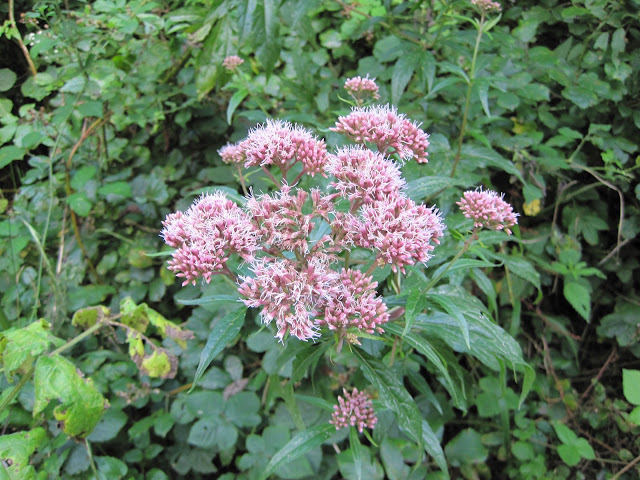Sunset over Thornbury Leisure Centre.
On Thursday evening just after sunset about 25 of us were led round Filnore Woods by Laura of the Avon Bat Group. We were given a bat detector each, supplied by South Glos officer Chris Giles and we heard the bats. Some of us even saw them too.
Down by the Sita Sort-it site where the lights attract insects, we heard the chip-chop call of Noctule bats (Nyctalus noctula) Britains largest bats, with a wingspan of up to 16 inches (400mm). They are the first to come out in the evening and fly quite high in the sky. They have rather nice little faces too.
In several places we also heard Pipistrelle bats (Pipistrellus pipistrellus). Laura described it as a "wet slapping" sound. These are the most common bats in Britain. You may see them flying in your garden or even roosting in your attic. They are completely harmless and odour-free, by the way. We found them at Filnore in the tree nursery field, by the footbridge, at the bottom of the slope below the pylon and near the main entrance. They like to fly near or under tree canopies to hide from owls.
On "useful links" on the right of this page you will find links to
a short video of Bill Oddie with a Noctule at www.bbc.co.uk/nature/life/Common_Noctule
a short video of Bill Oddie with a Noctule at www.bbc.co.uk/nature/life/Common_Noctule
And "Pipistrelle bat sonar, Catford" to hear the wet slapping call.
There's loads of stuff on google and on YouTube,
but to hear them out in the field was really quite exciting.
There's loads of stuff on google and on YouTube,
but to hear them out in the field was really quite exciting.



















